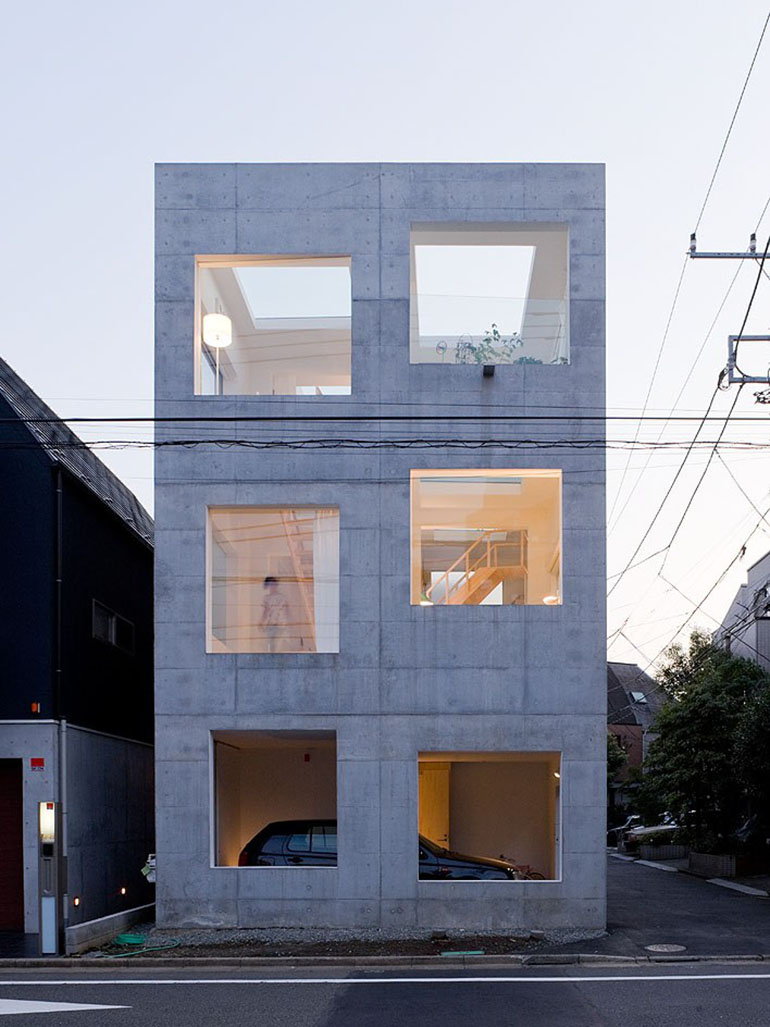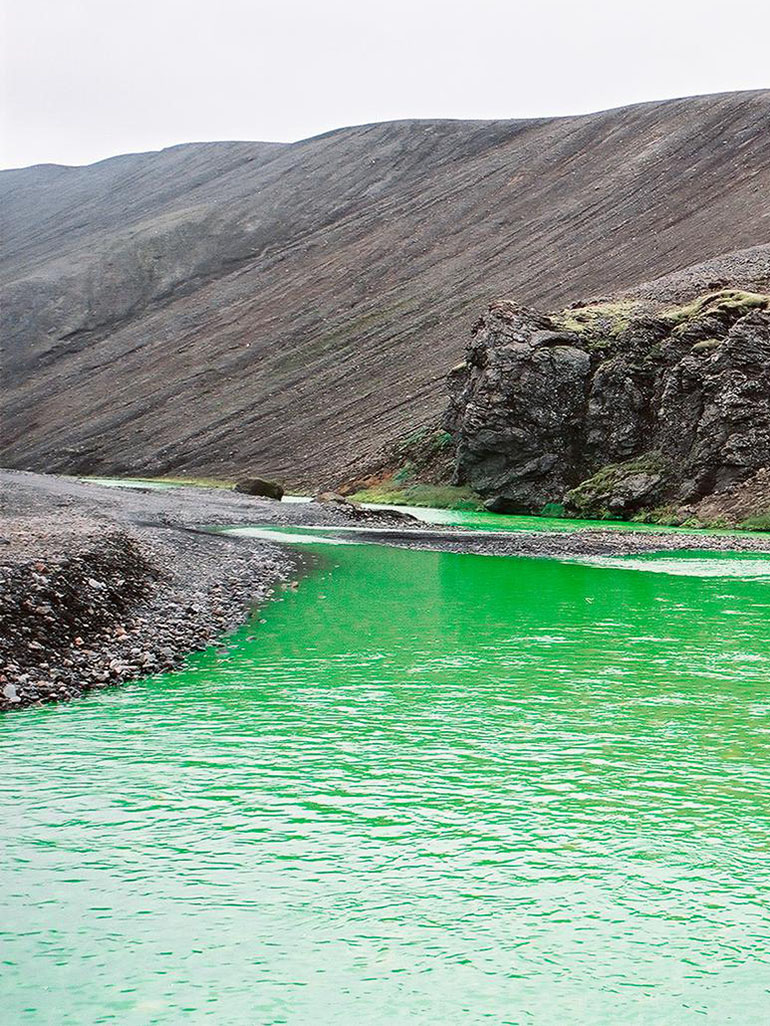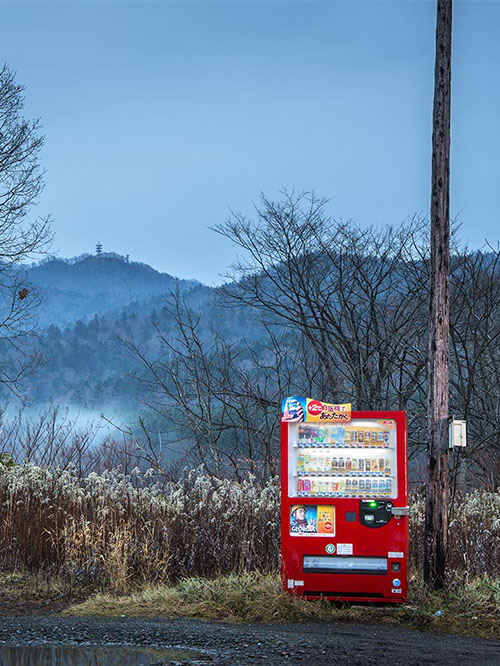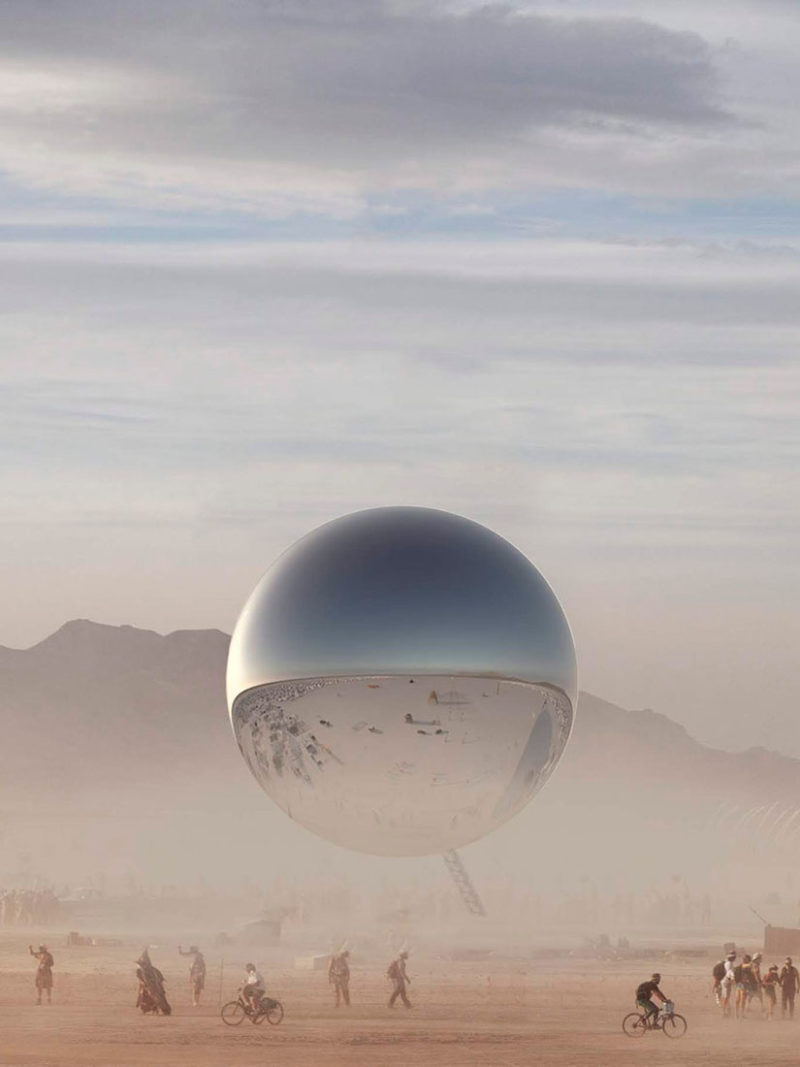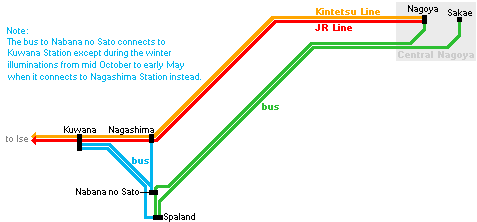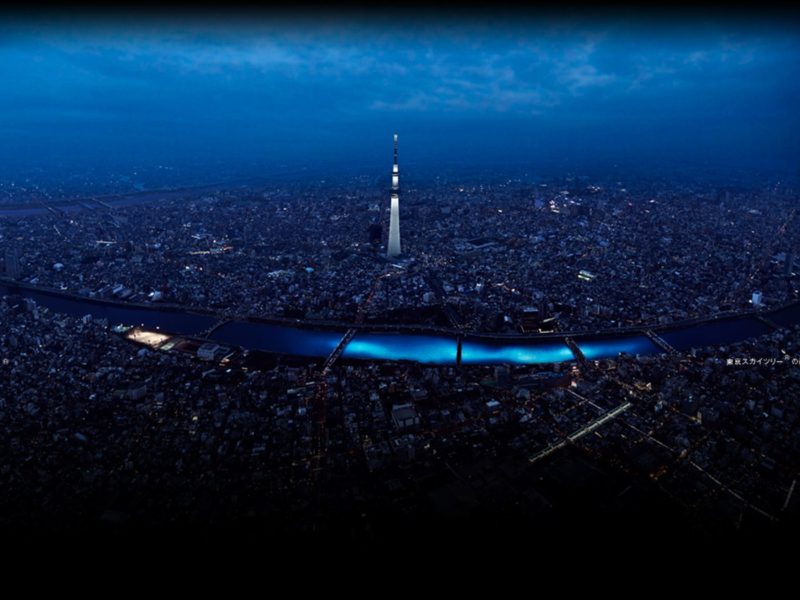
What happened on Sumida river?
Fireflies have become a rare sight in Japan. Once they used to glow their low light 1 all over the country in the summer time but now they have become an uncommon sight even in rural areas. Last month 100,000 LED 2 lights 3 floated down through Tokyo’s city centre on the Sumida river mimicking a stream of fireflies.
The Tokyo Hotaru Festival
This happened on the occasion of the Tokyo Hotaru Festival (Tokyo Firefly Festival), which was first held in May 2012 and is intended to revalue the river 4 and its surroundings, similar to what Seoul has done with their prestigious Cheonggyecheon 56 stream renaturation project.
Panasonic sponsored the festival during Tokyo Hotaru festival 2012 to create one of the most spectacular installations on the banks of Tokyo’s Sumida River. These lights accompanied the glow of the Tokyo Sky Tree to resemble tiny wishing stars designed to mimic the fireflies on the river.
The installation was completed as part of the Tokyo Hotaru Festival, also commonly referred to as the Firefly festival. The two-day event in Central Tokyo also features a range of events such as concerts, exhibitions, and outdoor food stands. To cover the river fully, 100,000 LED lights were installed and powered by solar energy.
How was this project created?
The LED 7 lights 8 were sponsored by Panasonic and equipped with solar cells. At the end all of the lights 9 were taken out of the river by using a big net.
Panasonic’s Symphony of Lights
Panasonic also supports another very well-known light festival. The Symphony of Lights event is the biggest light and sound show in the world, according to the Guinness World Records.
Today, the show, which is based in Hong Kong 10, features more than 42 buildings consisting of advanced laser light displays, orchestra music, decoration lights, and pyrotechnic fireworks lasting for approximately 15 minutes.
The role of fireflies in Japan
In Japan, fireflies hold a special place in modern society and have always produced a deep fascination from the general public due to the positive image associated with the insects.
In the ancient world, fireflies were considered a symbol of both love and war. Fireflies in Japan are also thought to contain supernatural meanings as well. For instance, the eerie glow produced by these insects is believed to be the altered form of the souls of soldiers whose lives were lost in various wars throughout history.
This explains why fireflies are often the center of attraction during popular festivals in Japan, such as the Moriyama Firefly Festival, also commonly known as the Hotaru Matsuri.
During the early summer, thousands of tourists arrive from all over the world to witness fireflies decorate the night sky. In the country, fireflies have always been associated with the beginning of the season.
During the early 19th and 20th centuries, Moriyama served as a well-known tourist destination. Thousands of people would congregate in the city to admire the once-in-a-lifetime ethereal beauty of the Hotaru fireflies.
Firefly tourism became so popular that the festival quickly blossomed to become one of the most popular commercial firefly hunting periods during the Meiji Period, which lasted between 1968 and 1912.
The fireflies in Japan are particularly massive, vigorous, and shine brighter than most species, which prompted hunters to catch the fireflies in cages, which were then sold to people in various cities, including Tokyo, Osaka, and Kyoto.
These fireflies contained in cages were then used for decorating hotels, private gardens, and homes so that people and visitors could marvel at their beaming beauty.
Sadly, as the region continued to become more developed, the large population of fireflies gradually decreased. By 1910, the rivers that served as the fireflies’ habitat became over polluted thanks to the many silk factories that had started cropping up.
In those days, a lot of development was also taking place with the construction of the railway. The large-scale 11 preservation of fireflies did not start taking place until much later in 1948. But by then, the damage had already been done.



